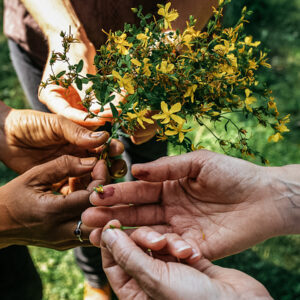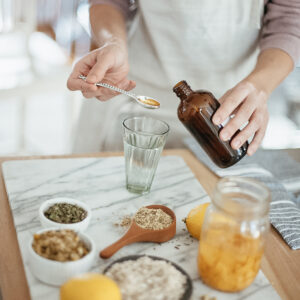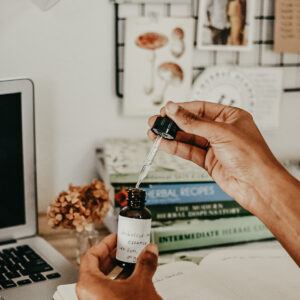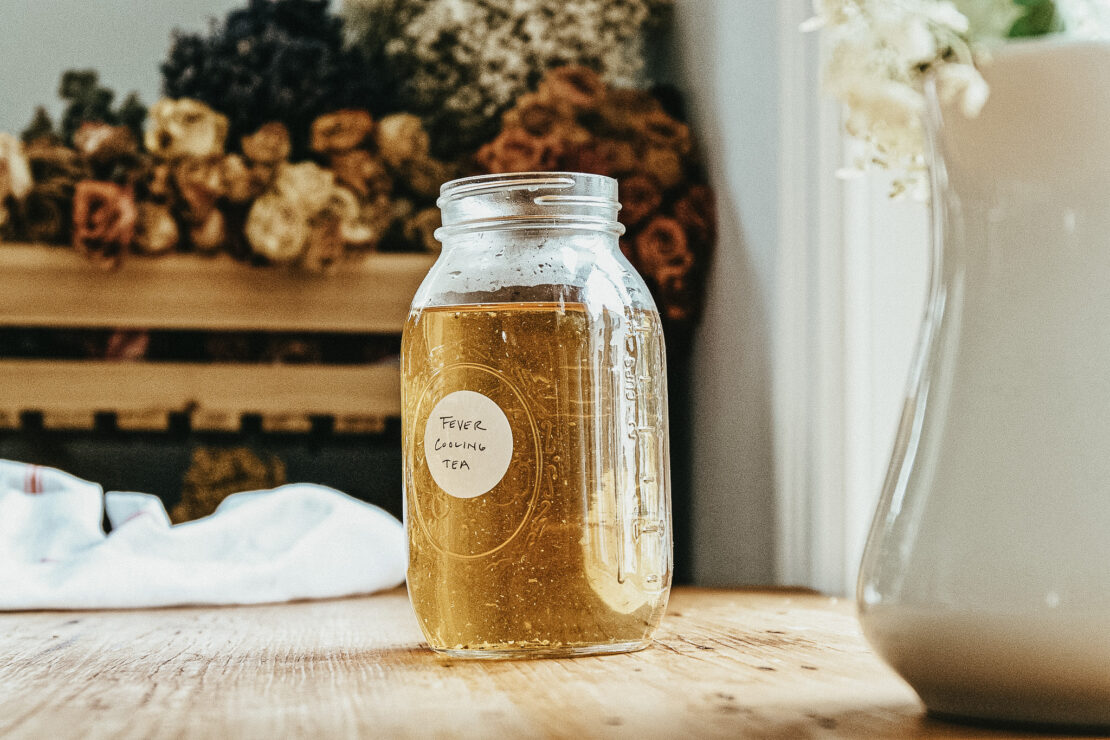
Avoid These 5 Common Herbal Safety Mistakes
Herbalism is a beautiful and empowering practice with the power to transform your health, but it also carries responsibility. After working with hundreds of thousands of students through our online herbal courses, we’ve seen the same safety mishaps again and again. From assuming natural = safe, to guessing at dosage, or trusting questionable resources, it’s all too easy to stumble off the trusted herbal path and veer into questionable territory.
Fortunately, with a little guidance, you can easily learn to recognize common herbal safety red flags, and become skilled at overcoming them!
In the following post, we’ll address the five most common herbal safety mistakes that we see with our students.
Common Herbal Safety Mistakes
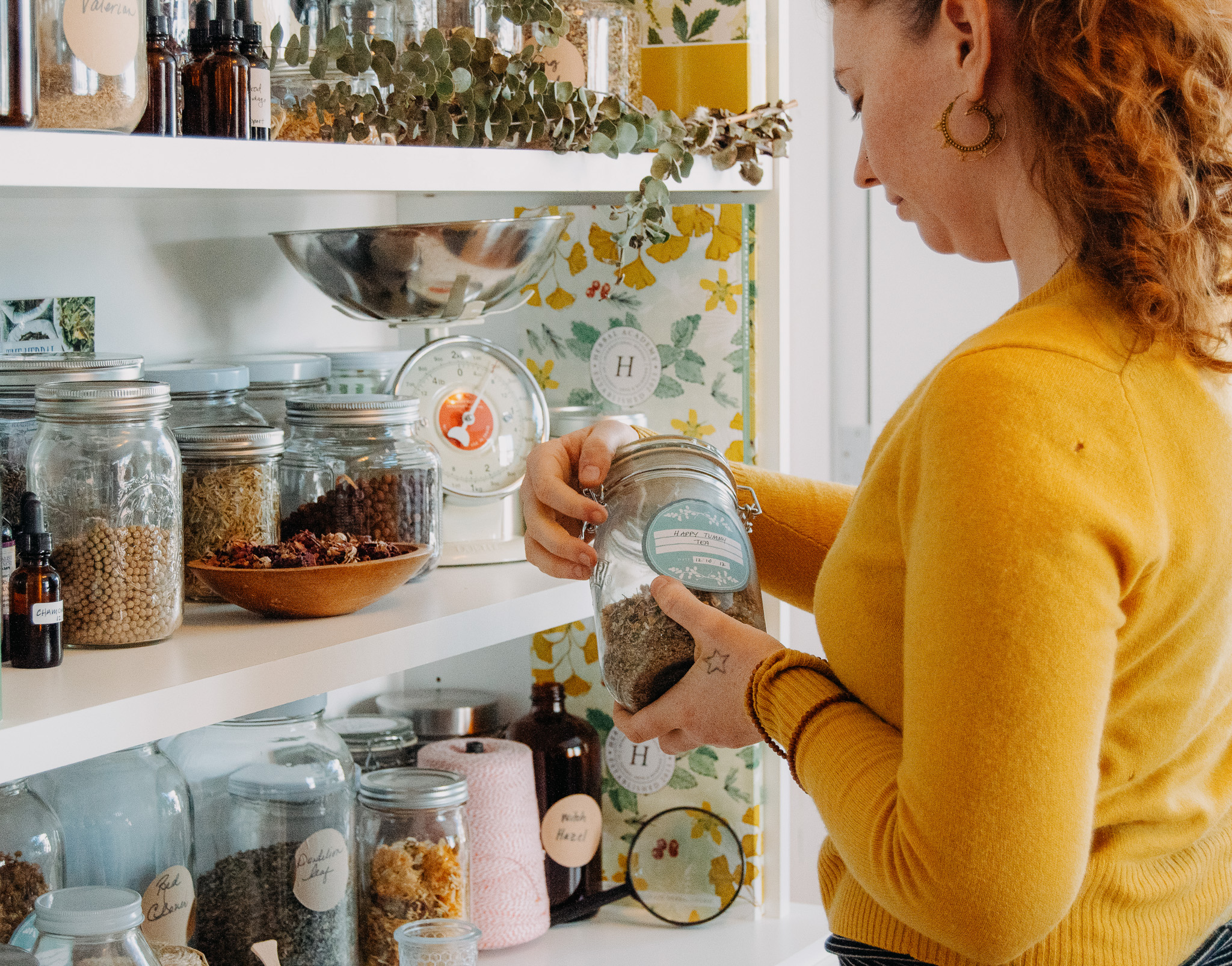
Safety Mistake #1: Assuming Natural = Safe
When many people begin learning about herbs, they assume natural = safe. And while lots of herbs are wonderfully nourishing and, yes, safe for most folks, there are plants that aren’t safe at all.
In fact, poisonous plants grow all around us. According to one report, there are over 100,000 toxic exposure reports made to poison centers throughout the United States, and the most serious cases are from adults who either mistook a plant as edible or deliberately ingested the plant to derive perceived benefits (Froberg et al., 2007).
Here’s a story of a close call, from an Herbal Academy student:
“When I first started learning about herbalism, I found pokeweed berries while on a walk with friends, and was convinced it was elderberry. I was very excited to turn it into a syrup for cold and flu season. Fortunately, I paused, looked through my Herbal Academy course material, and corrected my error before causing any damage. It was a close call though, because eating just 10 pokeweed berries can be toxic to an adult!”
– Hannah L, Entrepreneur Herbalist Path Package graduate
As you can see from this example, just because something is natural, doesn’t mean it’s safe.
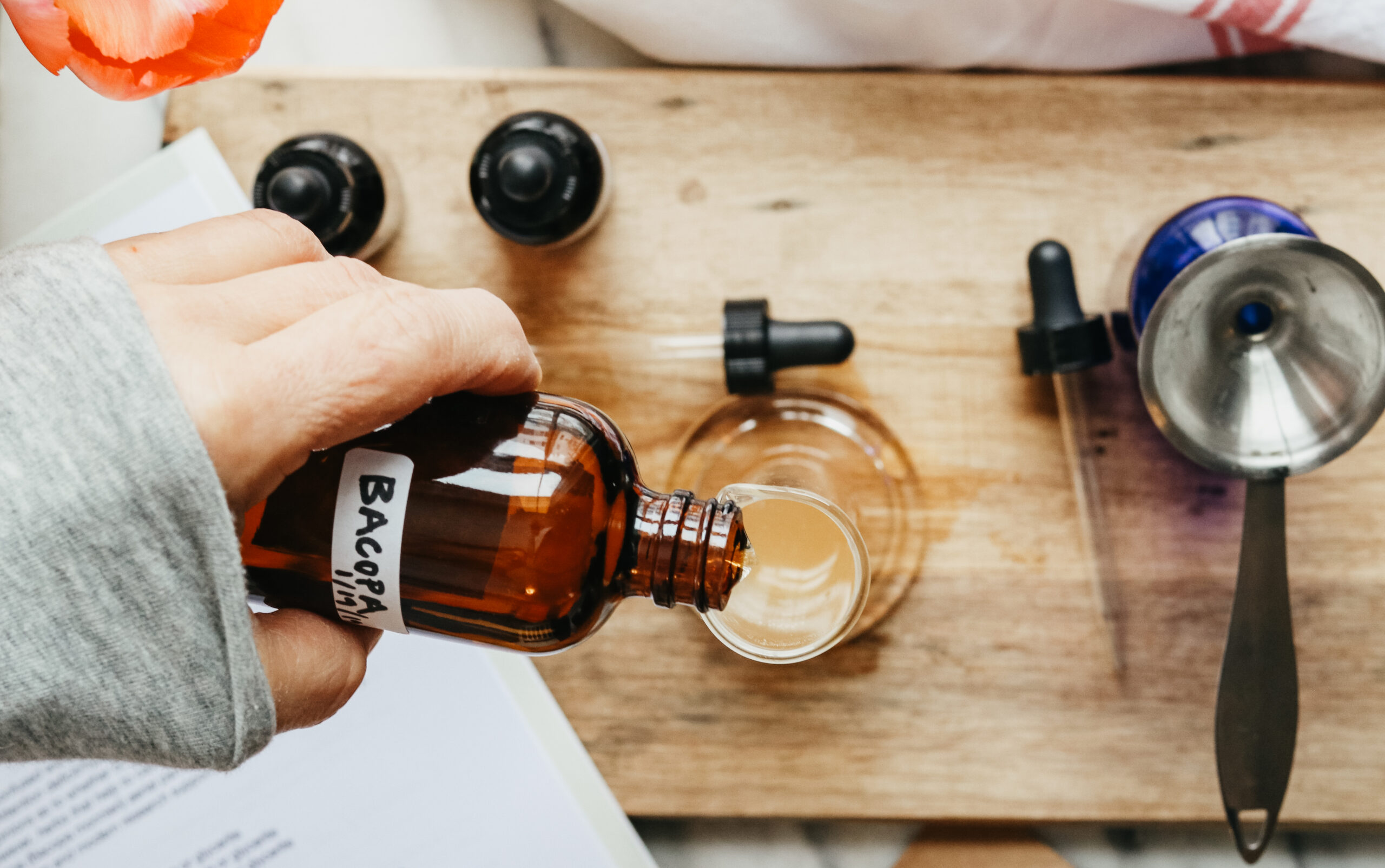
Safety Mistake #2: Ignoring Dosage Guidelines
This safety mishap is common when people don’t understand just how potent herbs can be. They fall in a mindset of more = better.
When it comes to herbal safety, more is not better.
There are, indeed, some herbs that most people would need to consume copious amounts of before experiencing negative side effects (looking at you, alfalfa!). However, other herbs need to be ingested with care. Too much can result in unwanted side effects ranging from stomach cramps and diarrhea, to headaches, nausea, and more serious issues with continued use.
Just because an herbal preparation is more natural and holistic compared to lab-made pharmaceuticals doesn’t mean it’s not potent. This is especially true when products are made by experienced herbalists who understand exactly how to make potent and efficacious formulas.
Many people experience profound improvements in their health when working with herbs, and this simply wouldn’t be the case if the plants or formulas were weak or ineffective.
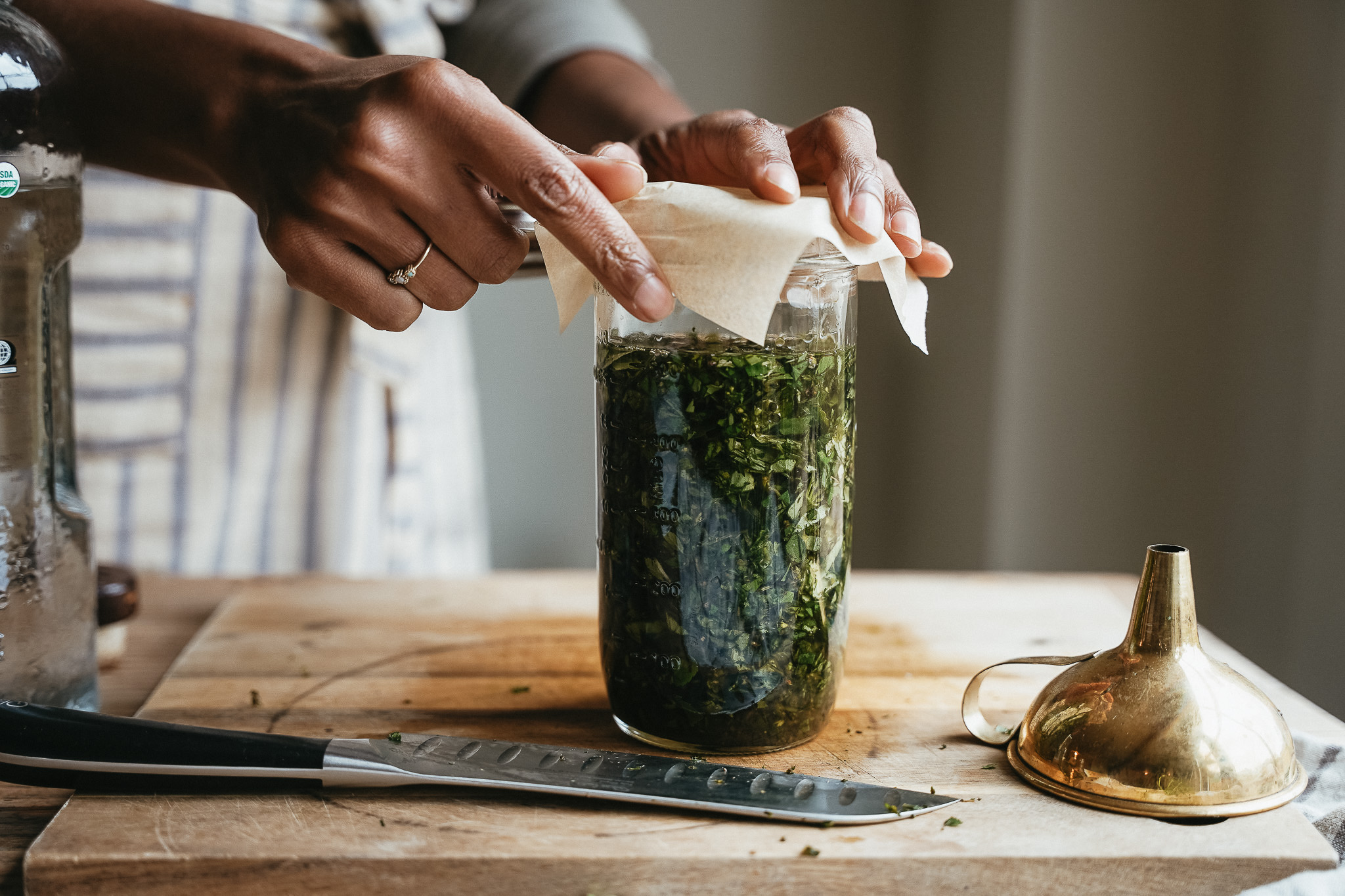
Safety Mistake #3: Using Acute-Use Herbs like Daily Tonics
Some herbs are meant to work quickly, and within 30 minutes or so you will likely experience the intended effects. This type of herb, which we’ll call an “acute-use herb” is often used for issues like pain, sleeplessness, or fevers.
For example:
Can’t sleep? Try some hops tincture, and within 30 minutes you should be drifting off.
Painful period cramps? Sip on some warm ginger tea, and you should feel spasms subsiding shortly.
Have a fever? Try adding some elderflower or yarrow to your tea and watch the fever break.
Acute-use herbs are incredibly helpful in herbalism, and they’re the ones many people turn to when a temporary—and uncomfortable!—issue arises.
However, many beginning herbalists don’t realize that acute-use herbs are best used for a limited amount of time. Once the issue has been addressed, it’s time to put it away. These herbs should not be used daily in long-term, supportive formulas.
This is because acute-use herbs are often more physiologically active, and they’re more likely to result in possible side effects with improper use.

Safety Mistake #4: Misinformation
We recently asked our community, “What is your number #1 safety concern when it comes to herbalism?” and time after time they responded, “Not knowing what or who to trust on the internet.”
This is why so many of our students and graduates (175,000 and counting!) have decided to study with us—they know we’re providing them with herbal resources they can trust, directly from a diverse team of trained clinical herbalists and medical professionals.
And it’s true, unfortunately, misinformation is all too prevalent, especially in today’s world where anyone can publish an article (or even a book!), regardless of their experience or credentials. Plus, with the rise of artificial intelligence (AI), we’re already seeing a huge increase in AI-generated “fluff,” even in the herbal industry.
Untrustworthy information creates a serious issue for anyone trying to find solid resources for using herbs in a holistic approach that supports a healthier, more vibrant life. It leaves many people wondering:
Who can I really trust?
What are the best online herbal resources?
If an herb worked for someone else, does that mean it will work for me?
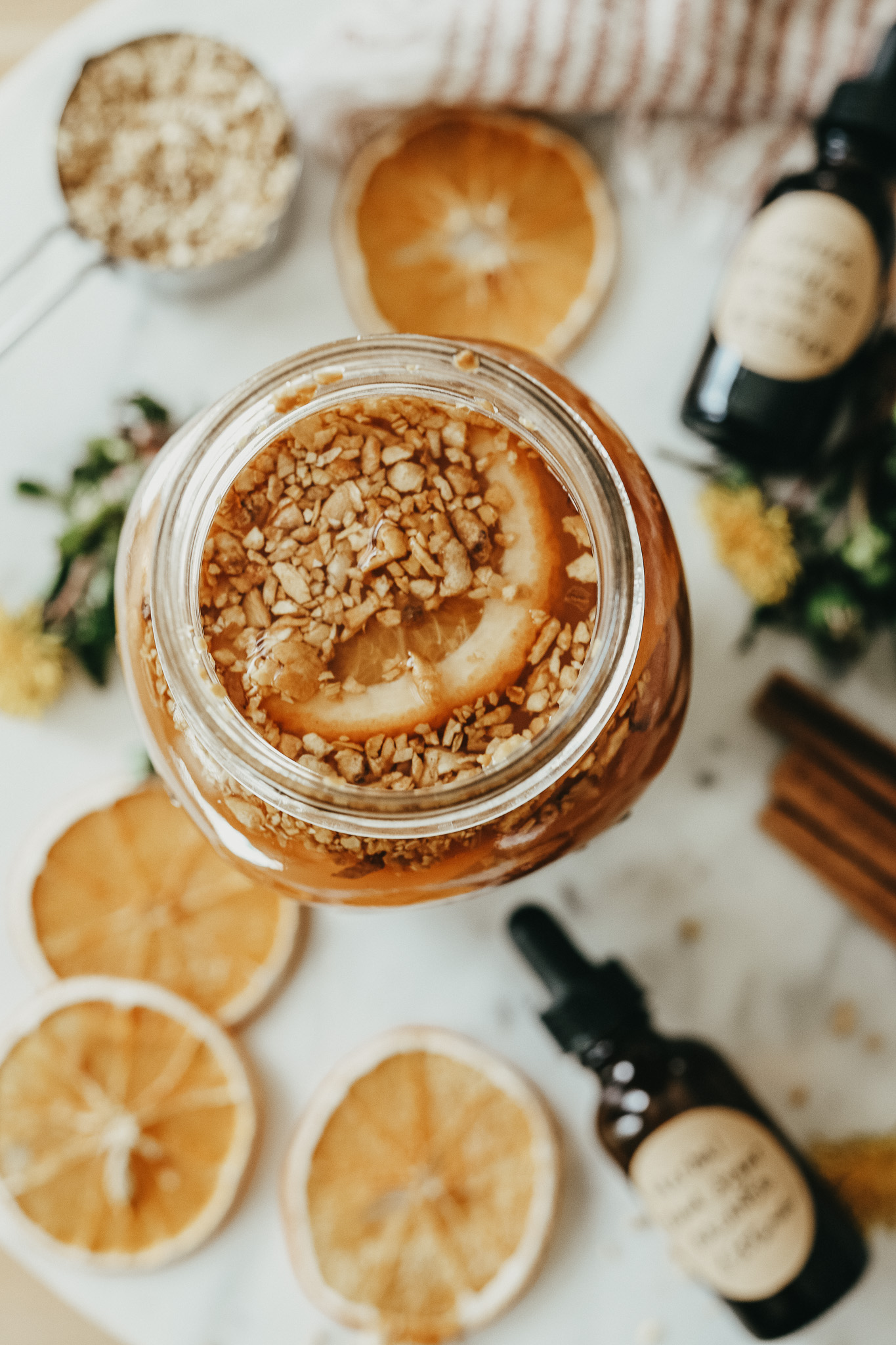
Safety Mistake #5: Shelf-Life and Spoilage
The final safety mistake we often see is not paying enough attention to storage best practices and the shelf life of their herbal products.
Have you ever pulled an older herbal salve out of your bathroom cabinet and wondered if it was still effective? Or perhaps you’ve thought about making a large batch of herbal tea to store in the refrigerator and drink over the course of several days, later second guessing yourself because you weren’t sure how many days the tea would remain drinkable. What about the hydrosol that’s been sitting in the back of your refrigerator that now has a little white cloud floating in the bottom of it?
Questions about herbal preparation shelf life are common, and while shelf life and preparation potency will vary based on several factors, such as the solvent used to make the preparation, how the preparation is made, stored, and used, and time itself, having a guideline can be helpful, especially if you’re new to making or using herbal preparations.
Learn how to overcome these safety mistakes by downloading our free ebook below!
Download the Free Ebook
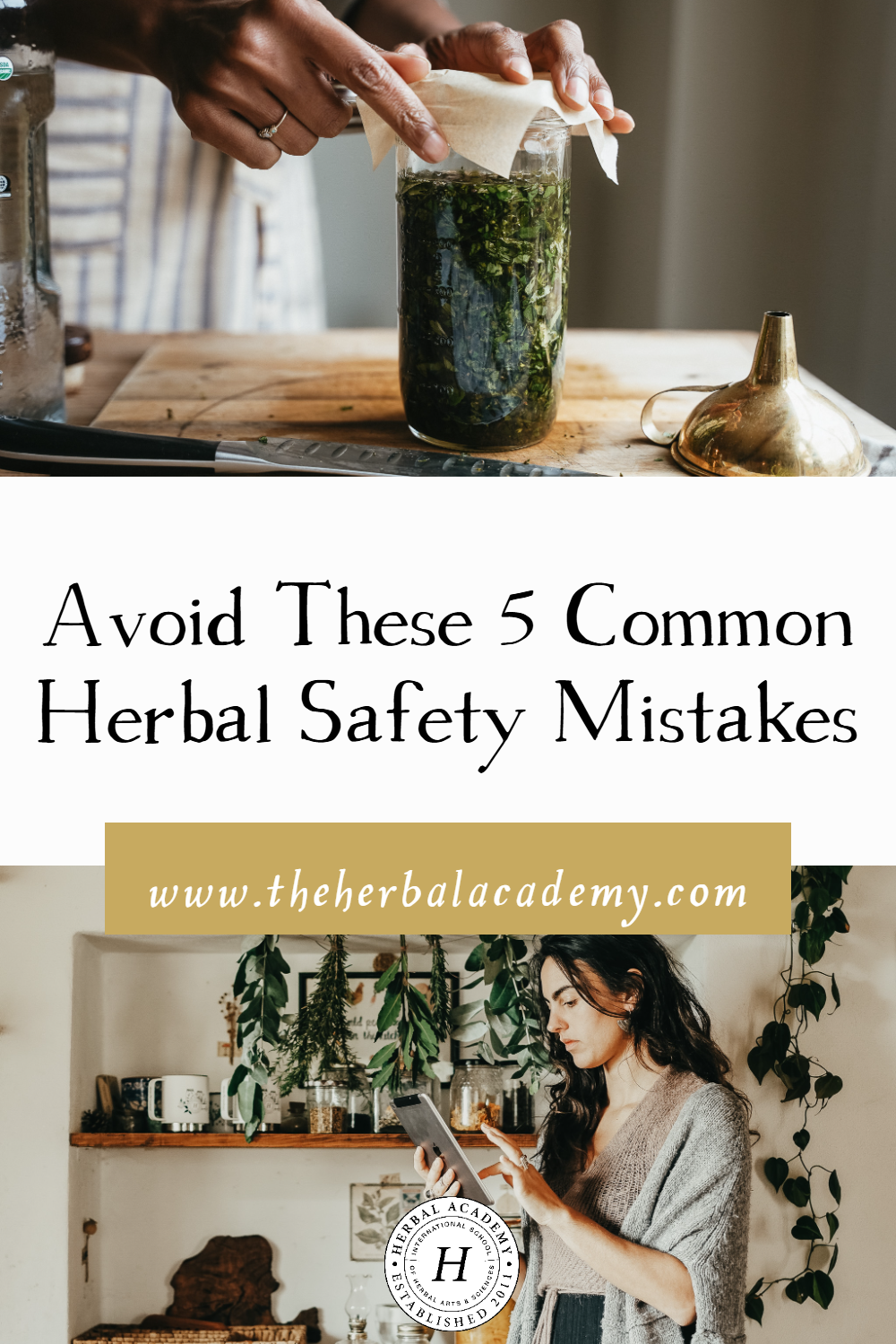
REFERENCES
Froberg, B., Ibrahim, D., & Furbee, R. B. (2007). Plant poisoning. Emergency medicine clinics of North America, 25(2), 375–ix. https://doi.org/10.1016/j.emc.2007.02.013
Pokeweed: Uses, Side Effects, Interactions, Dosage, and Warning. (2019). Webmd.com. https://www.webmd.com/vitamins/ai/ingredientmono-220/pokeweed


